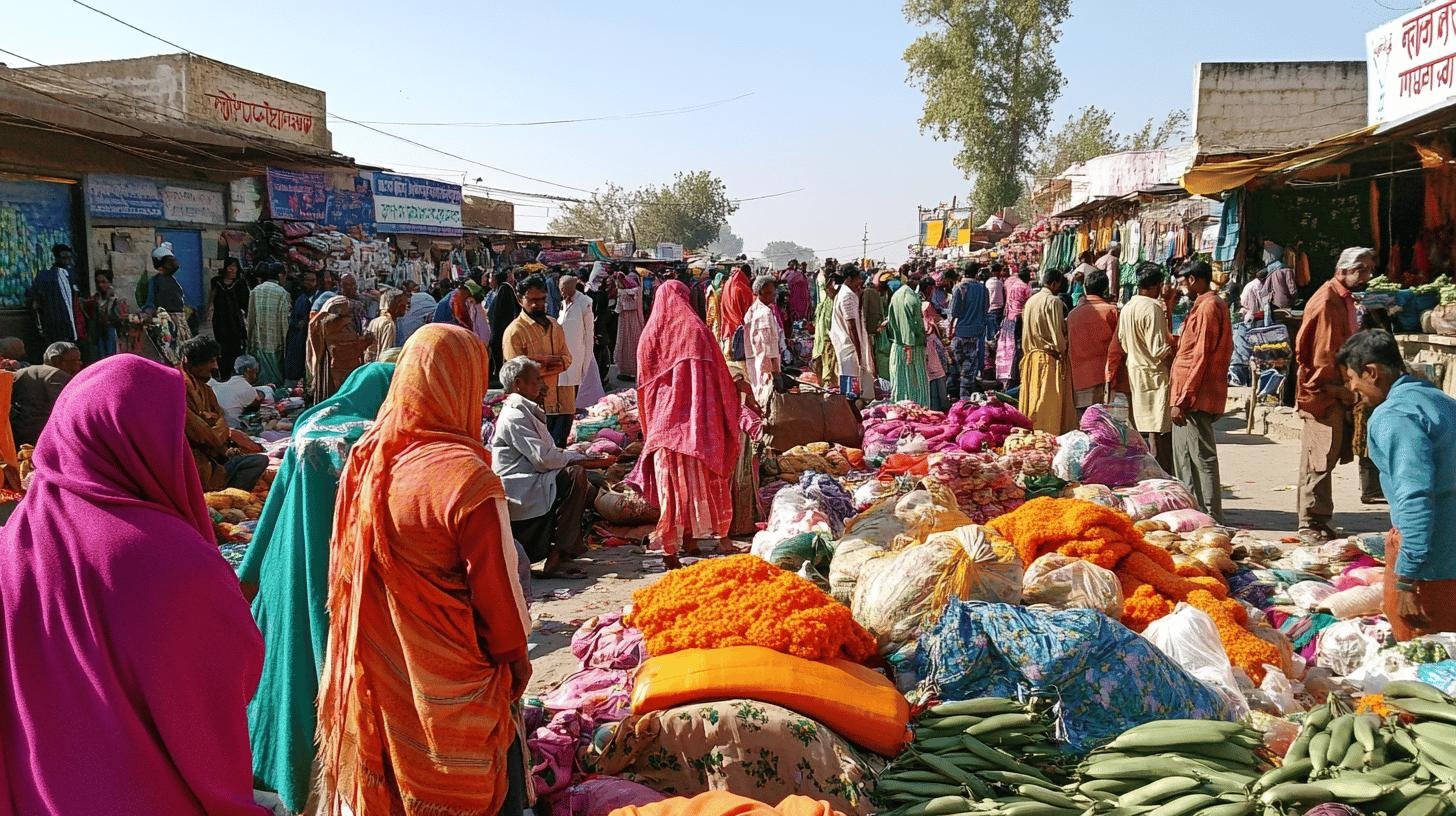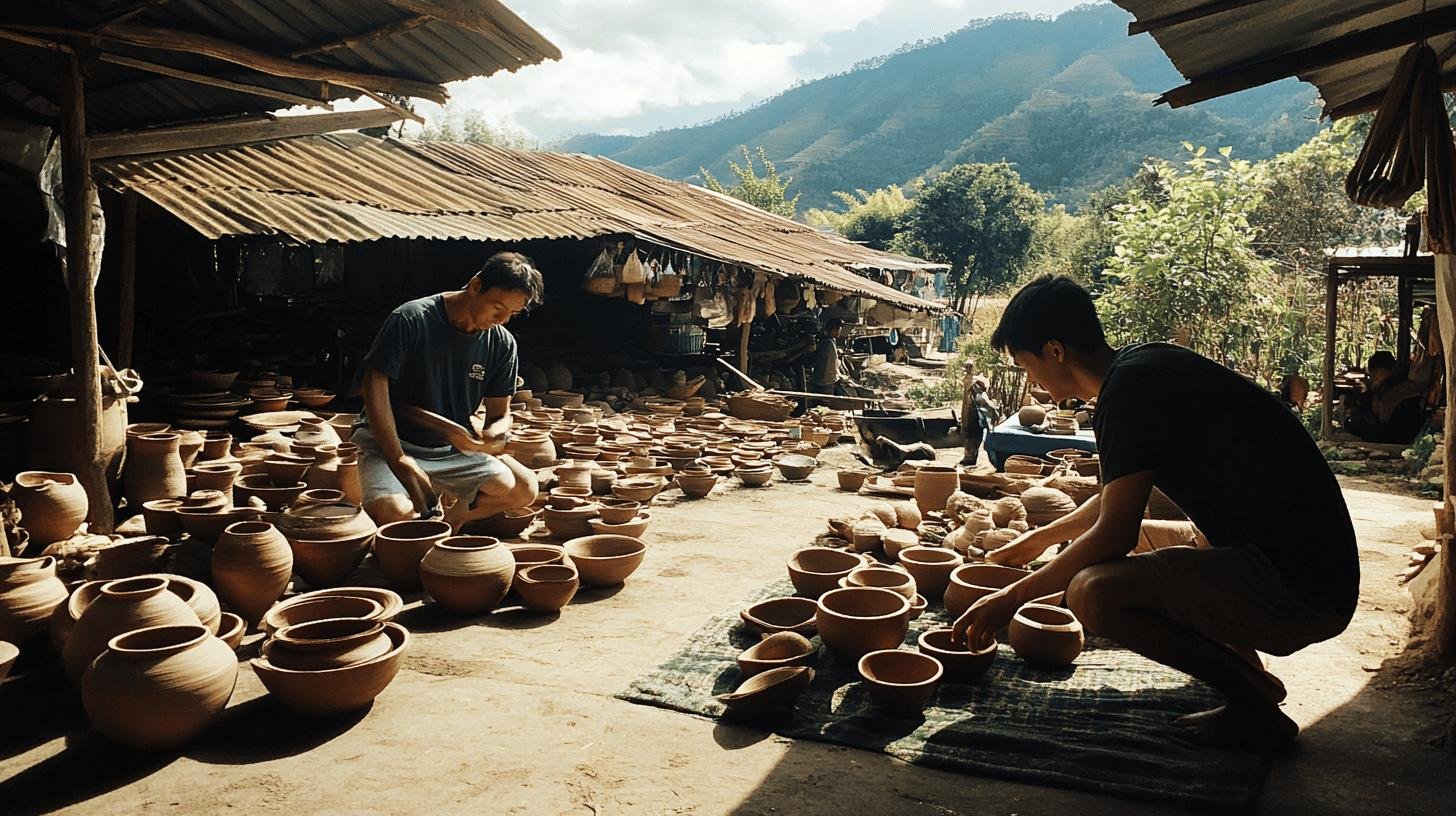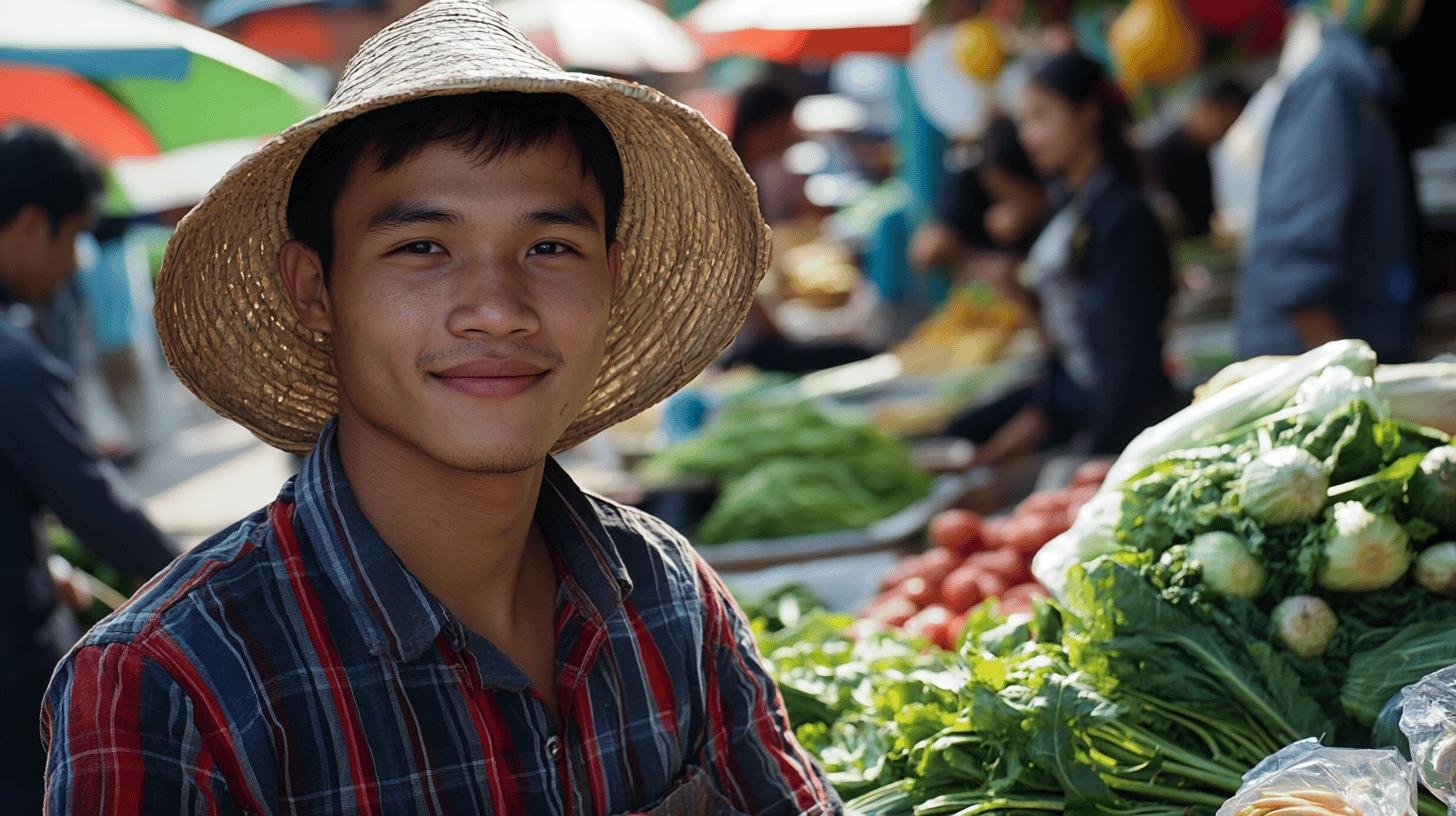TL;DR:
- Traditional economies rely on customs and generational knowledge.
- Barter system is used for trade, requiring mutual need.
- Limited consumer sovereignty; production driven by tradition, not demand.
- Emphasis on community cooperation and cultural heritage shaping activities.
- Examples include indigenous tribes and subsistence living in rural communities.
- Sustainability is vital, focusing on local resource use.
- Market economies prioritize consumer choice and flexibility, while traditional economies value stability and predictability.
Can consumers truly shape what gets produced in a traditional economy? This type of economy leans on customs and age-old methods handed down through generations. It thrives on barter systems and community collaboration, more like a potluck than a shopping spree. Indeed, community needs and shared history shape what gets made and traded. But does this leave consumers powerless?
Let’s dig into how traditions cast their influence over consumer roles in such systems. The answer might just reveal what consumer choice looks like beyond modern storefronts.
Understanding Traditional Economy and Its Core Characteristics
A traditional economy relies on customs and traditions as its foundation. These customs guide everything from what is produced to how it’s made. Generational knowledge forms the backbone of this economic structure. It ensures time-honored practices continue. Traditions play a critical role. Each generation inherits the practices and values of their predecessors. This focus ensures stability but can limit innovation and adaptation to new situations.
The barter system is central to traditional economies. Here, goods and services are exchanged directly without money. This system requires a double coincidence of wants, meaning both parties must want what the other has. While this works in small, tight-knit communities, it limits trade’s scope and efficiency compared to currency-based systems. Barter relies on mutual needs, making it less flexible and slower than monetary transactions.
Community cooperation and cultural influences are vital in traditional economies. These economies thrive in close communities where relationships are paramount. Cultural heritage shapes economic activities. People use local resources sustainably to meet community needs. This focus on cooperation fosters strong social bonds and a sense of shared responsibility. Even without modern economic practices, the community thrives.
- Reliance on customs and traditions
- Use of the barter system for trade
- Emphasis on community cooperation
- Focus on local resources
- Cultural heritage shapes economic activities
Consumer Sovereignty in Traditional Economies

Does a traditional economy have consumer sovereignty? No, it doesn’t. Consumer sovereignty means consumers decide what goods and services are produced. In most economies, consumer spending drives production. This influences producers to create goods that meet demand, aligning supply with desires. In market economies, this dynamic is strong, with consumer preferences shaping production.
In traditional economies, consumer sovereignty is limited. Production isn’t driven by consumer demand but by customs. Consumers have little influence over what’s available. Goods and services are produced based on tradition, not preferences. This means consumers lack decision-making power. The economy stays stable by sticking to customary production methods. This contrasts with market economies, where consumer choice is crucial.
| Economy Type | Consumer Influence |
|---|---|
| Traditional Economy | Limited |
| Market Economy | High |
Comparing Traditional and Market Economies
How does a traditional economy differ from a market economy? In a market economy, consumer choice is key. Consumers influence production through spending. Purchases signal preferences, and producers respond by making more of what is in demand. This model allows flexibility and adaptability. Producers adjust quickly to shifting desires. The system thrives on competition and innovation, leading to a variety of products.
Why are market economies flexible? They adapt dynamically to consumer behavior. When demand changes, producers meet new needs, often with novel goods and services. This ensures preferences are met efficiently. Competition among producers enhances adaptability as businesses strive to offer better products than rivals.
What makes traditional economies stable? They focus on predictability and continuity. Survival and stability take precedence over consumer choice. Established cultural practices guide production. This results in a consistent, though limited, range of goods and services. Their resilience is an advantage. They are less susceptible to rapid changes compared to more dynamic economic models.
- Market economies prioritize consumer choice and adaptability.
- Traditional economies emphasize survival and cultural practices.
- Market systems thrive on competition and innovation.
- Traditional economies offer stability and predictability.
The Role of Barter Systems in Traditional Economies

How do barter systems operate? Barter involves the direct exchange of goods and services without money. This system relies on mutual needs. Both parties must want what the other offers. A farmer might trade wheat for a blacksmith’s tools, for example. This method is common where currency isn’t used.
What are the limitations of barter systems? Barter limits consumer choice and efficiency. Without currency, it’s hard to assign value or save for future purchases. Transactions become cumbersome and less flexible. Currency-based systems allow for easier trade and economic growth through standardized value for goods and services.
- Crops and food
- Handmade tools
- Livestock and animal products
Examples of Traditional Economies and Cultural Influence
Where can you find traditional economies? Across the world, in indigenous tribes and rural communities, notably in developing countries. These societies often practice subsistence living, producing just enough to meet immediate needs. The Inuit rely on hunting and fishing, while the Maasai in East Africa practice pastoralism, herding cattle. These examples show how traditional economies connect deeply to environments and cultural practices.
How does culture shape traditional economies? Culture dictates production methods and economic roles. Traditional economies follow customs passed down through generations, influencing agriculture and craftsmanship. The Aborigines in Australia have a hunter-gatherer lifestyle rooted in cultural rituals. Cultural influences align economic activities with community values, maintaining social cohesion.
What about sustainability and community in traditional economies? Sustainability is essential as these economies emphasize environmental stewardship. Using local resources wisely, traditional communities preserve the environment for future generations. This approach fosters strong community bonds. Cooperation is vital for survival. The community works together to manage resources, ensuring everyone benefits from collective efforts. Sustainability and community reinforce the cultural framework that sustains traditional economies over time.
Final Words
Understanding traditional economies reveals their reliance on customs, traditions, and barter systems. These economies focus on community collaboration and cultural heritage rather than consumer demand.
Consumer sovereignty is limited here, with production largely dictated by traditions. While market economies offer greater flexibility and consumer choice, traditional economies provide stability and predictability.
Barter systems play a critical role in traditional economies, emphasizing mutual needs over efficiency. Despite their limitations, traditional economies highlight sustainability, community, and cultural influence.
While consumer sovereignty is minimal, these economies serve as important reminders of cultural significance and resourcefulness.
FAQ
Does the traditional economy have consumer sovereignty?
A traditional economy does not typically have consumer sovereignty. In these economies, production decisions are mainly influenced by customs and traditions rather than consumer demand.
Consumer sovereignty is found in which economy?
Consumer sovereignty is most prominent in market economies, where consumer preferences drive production decisions, giving individuals more influence over what goods and services are available.
Can you give an example of consumer sovereignty?
Consumer sovereignty can be seen in a market where a high demand for smartphones leads producers to create more models and features based on consumer preferences.
What’s the definition of consumer sovereignty in economics?
Consumer sovereignty is the concept where consumer preferences determine the production of goods and services, guiding businesses on what to produce based on what buyers want.
Which economy has the highest level of consumer sovereignty?
Market economies often exhibit the highest level of consumer sovereignty, as they are designed to adapt and respond to consumer demands.
Does a traditional economy have economic freedom?
A traditional economy typically lacks economic freedom as it is guided by established customs and traditions, limiting the choices and innovations seen in other economic systems.
In which economy is there the most consumer sovereignty?
Consumer sovereignty is most prevalent in capitalist economies, where market forces and consumer choices shape the production landscape.
Under which economic systems is the consumer sovereign?
Consumers are sovereign mainly in market and capitalist economic systems, where their purchasing decisions directly influence production outcomes.

